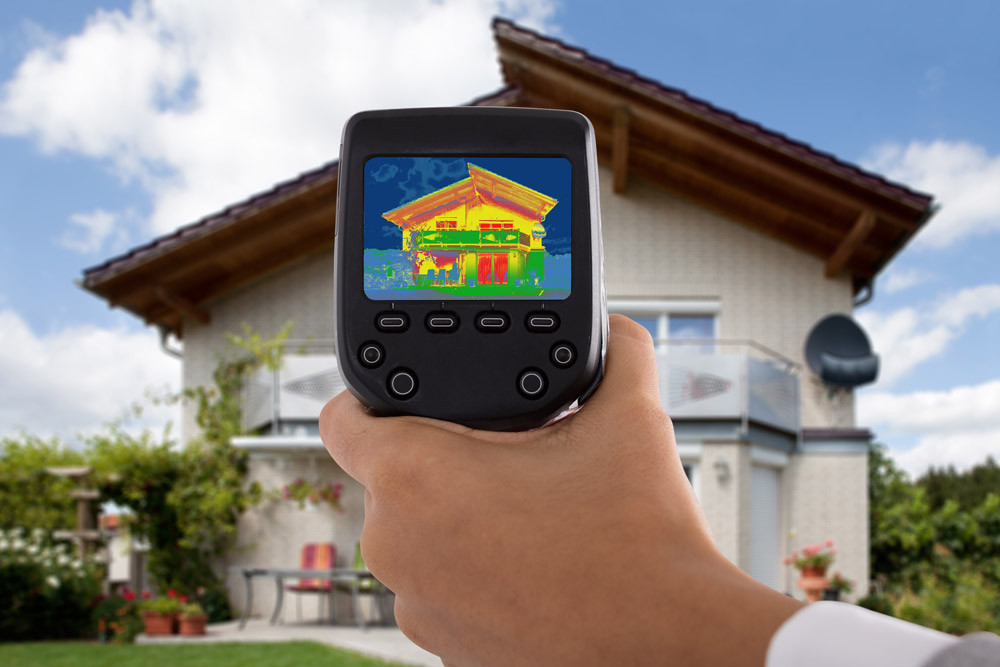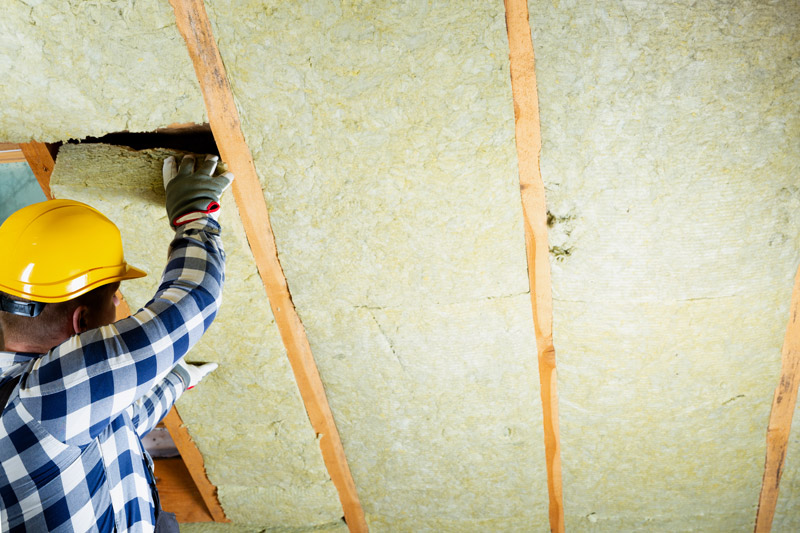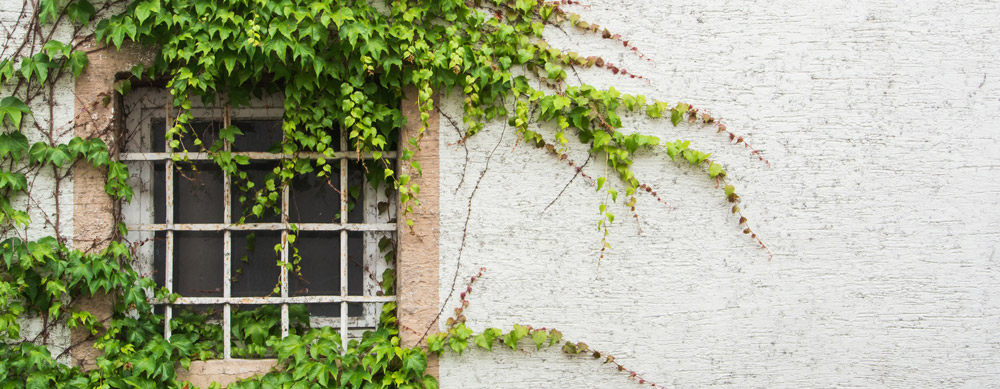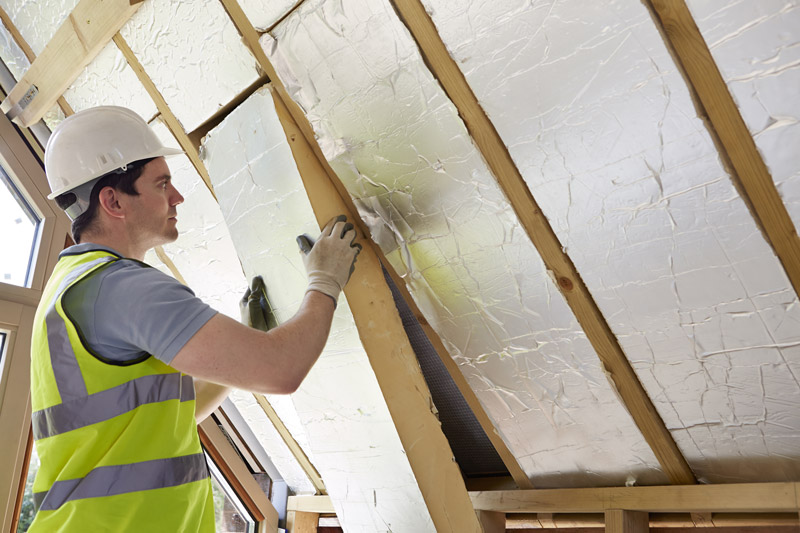Home Insulation Tips for Better Energy Conservation
 You may have heard about the wonders of having a well-insulated home. People rave about it because it is a “green” choice and also helps save money on heating and cooling.
You may have heard about the wonders of having a well-insulated home. People rave about it because it is a “green” choice and also helps save money on heating and cooling.
This post will talk about insulation and why it is essential for your home.
What Exactly is Home Insulation?
Heat moves towards the much cooler areas of the house. For instance, it escapes from your warm home to the colder outdoors. As seasons change from hot to cool, much of the energy often goes to the exterior walls. Ideally, it should stay within the house so that it is easier to keep your home warm (or cool).
When the walls in the house are insulated, you can increase its heat flow resistance (also known as the R-value). Having a high R-value for your home is better because most of the needed air or heat stays indoors. You then save money on your energy bills.
Best Ways to Upgrade Home Insulation
More and more Australians have realised the importance of a well-insulated home. The Australian Bureau of Statistics shared a graph that compared the number of households with insulations in 1994, 2002, and 2008. It showed how the number of insulated dwellings in every state substantially increased.
If you plan to upgrade or build a home, make sure that you include insulation in the plan. Here are some tips on how you can make a difference to your home’s insulation:
- Windows Your windows are among the reasons why your home does not feel comfortable during summer or winter. In fact, you can lose up to 40% heating energy with poorly-insulated windows. A few simple things that you can do are:
- Check your wood-framed windows and make sure there are no damages. Fill in gaps with caulking or wood filler.
- For those with aluminium windows, it may be time to use draught excluders, which can aid in insulating your home better.
- You may also want to consider glazing, which can improve the thermal performance of your windows.
An incredibly small change that you can make is to add white blinds or curtains, which can help increase window insulation.
- Doors The gaps in the doors allow heat to escape. If there is space between the door and the floor, especially at the bottom, you let heat and air out of your house. You can use a stopper and make sure the gaps are filled.
- Plants Plants and trees can help create natural shade. However, you should place them in the right areas to enjoy the insulation benefits. When strategically positioned outdoors, plants can reduce energy loss by up to 25%. Putting the plants on the south and west parts of your house can lower heat gain, especially in the summer. At the same time, it allows your home to feel more comfortable during winter. Here are some tips:
- Use deciduous trees, which can provide shade during wintertime. Make sure they are planted about three metres away from your house. This way, you can prevent any foundation issues when the roots start to spread.
- Plant climbing vines, which can grow up a trellis or lattice. These vines will shade your windows and even enhance the insulation of the walls.
Note though that if you do plant vines, you should monitor them, especially if you wood or composite siding.
Roof Insulation Methods
As heat rises, it will almost certainly escape through your roof. Insulation should already be a part of your entire roof system, which includes the attic. You need a well-ventilated attic to enjoy the comforts of a properly insulated house. The preferred attic temperature should only be about a few degrees different from the temperature outdoors.
Therefore, protecting your house means you have to make sure your attic is well-insulated by installing insulation between the ceiling joists. Another option is between the rafters. For those who have completed attic space, adding insulation is still possible. When it is time to replace the roof, you can then add insulation underneath.
Let us take a look at the best techniques for insulating roofs in Perth and Western Australia:
- Insulating Between the Joists Many homes have unfinished attic spaces. In such a case, the best area for insulation is between the ceiling joists. However, the trick here is to leave the space between the rafters untouched. Therefore, they will be uninsulated for the most part. With this design, you can enjoy maximum airflow to and from the attic while ensuring the living space is insulated.Usually, blow-in fibreglass insulation is utilised. If you will DIY this method, it is helpful to use fibreglass batting because it is easier. Plus, you do not need any special equipment.
-
Insulating Between the Rafters Some homes have a finished attic. However, their ceiling is not insulated. In such cases, the attic remains uninhabitable for several months. The solution here is to insulate between the rafters.It is not as straightforward as it sounds. You need to have a plan since houses should have a room for them to ‘breathe.” What this means is that you have to make sure the insulation is not pressed too tightly against the roof decking; otherwise, the air will have nowhere to go. It could lead to even more detrimental problems.You may use baffles to ensure that there is a small space between the roof deck and insulation.
- Insulating the Roof Decking This method has become quite popular where you can use another insulating barrier between the attic space and the metal on top. Therefore, this method largely applies to homeowners with high-quality metal roofs. The best solution is to ensure the area underneath the roof will not heat up by adding some polystyrene before the installation of the roof metal.
Popular Insulation Techniques in Australia
Insulation can be done either by bulk or using a reflective foil. Bulk insulation affects heat flow between two or more objects that are touching one another. Meanwhile, the reflective foil method works by influencing radiant heat flow.
In Australia, bulk insulation is considered the most common insulation type. You can buy it through a specialist or even a local hardware store. This product works by keeping the air inside while helping resist heat flow in and around the house. The result is a much more comfortable home, whether in the winter or summer.
A type of bulk insulation is known as batts insulation, which is also called blanket insulation. It is the best option for those with flat ceilings and tile or pitched metal roofs. Some of the material choices for batts are glass wool, polyester, and natural wood.
Another type is the board insulation, which is the perfect choice for those with cathedral ceilings. Usually, this type of dome does not have a lot of space from the roof. Therefore, rigid boards are utilised, especially when you need to replace walls and masonry walls, including exterior walls and foundations.
Finally, the last type of bulk insulation is loose-fill insulation, which is used right in the ceilings. It is crucial to know, however, that it will reduce as time passes. The materials used for this type include polyester, cellulose fibre, and natural wool.

It can be tricky to utilise reflective foil, which is why many homeowners often pick bulk insulation instead. However, you can have successful results if you can place the reflective foil in the walls. If it is not possible, the second-best area is right under the roof, which works like sarking. These two options allow the reflective foil to reflect radiant heat away from the house, particularly during summer.
Proper maintenance is required for reflective foil insulation. It ensures the maximum effectiveness of the insulation product. Therefore, you have to inspect it regularly to ensure it is dust-free; otherwise, the reflectivity will be greatly reduced. You should also check for gaps in the foil since they can also decrease its performance.
In Western Australia, you are allowed to install insulation on your own. However, you should follow the rules set by the Department of Commerce. To make sure that you do not commit any mistake, always hire a reliable contractor in Perth.


 Insulating Between the Rafters Some homes have a finished attic. However, their ceiling is not insulated. In such cases, the attic remains uninhabitable for several months. The solution here is to insulate between the rafters.It is not as straightforward as it sounds. You need to have a plan since houses should have a room for them to ‘breathe.” What this means is that you have to make sure the insulation is not pressed too tightly against the roof decking; otherwise, the air will have nowhere to go. It could lead to even more detrimental problems.You may use baffles to ensure that there is a small space between the roof deck and insulation.
Insulating Between the Rafters Some homes have a finished attic. However, their ceiling is not insulated. In such cases, the attic remains uninhabitable for several months. The solution here is to insulate between the rafters.It is not as straightforward as it sounds. You need to have a plan since houses should have a room for them to ‘breathe.” What this means is that you have to make sure the insulation is not pressed too tightly against the roof decking; otherwise, the air will have nowhere to go. It could lead to even more detrimental problems.You may use baffles to ensure that there is a small space between the roof deck and insulation.